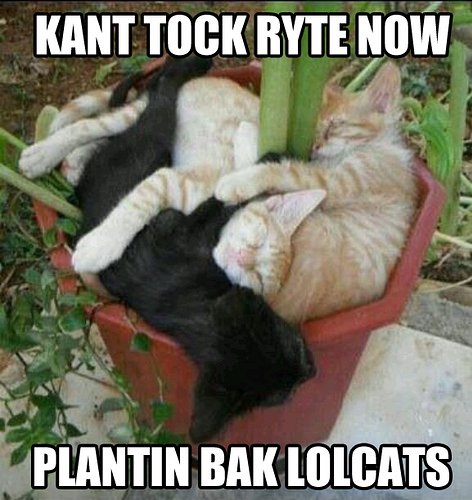Honestly, while there is a lot to learn from those books, I haven’t found the type of in-depth information that’s needed to truly tackle obtaining large amounts of native/wild plant foods west of the Cascades - or likely anywhere else that’s similarly developed. It was possible just 150 years ago to just harvest and plant back, but now widespread establishment is needed of tended, yet natural areas. I haven’t seen a book that really gets too far toward that goal. Its sort of like the “eat the weeds” type of books. Its fun, but can you really obtain much nutrition/calories from dandelions and chickweed?
First, more people need to become familiar with truly staple and productive native foods. They far surpass weedy exotic species in their potential to feed people. Second, more people need to prioritize managing land for both the proliferation of these species and their associated habitats. Third, more dissemination of information is needed regarding plant phenology and habitat requirements. I know people are working on that, but its an enormous task.
For example, I often find camas and harvest Brodiaea in the same locations. However, they are often in subtly different microtopographical positions with different hydrologic and disturbance regimes. Furthermore, they flower and seed at different times and they are propagated differently. But both species have the potential to reproduce exponentially (as Kat Anderson and others have reported), and both have the potential to produce huge amounts of food without major disruption to natural ecosystems. Integrating the knowledge necessary to begin seriously spreading those plants on a significant scale is something I would love to work toward. The basic information (if I remember correctly) is in Gardening with Native Plants of the Pacific Northwest, but I feel like the above mentioned books just don’t take it beyond “hobby” level. (Not that they aren’t great resources, just that I feel motivated to work on this as soon as I have free time again!)  .
.




 .
. that would be fantastic!
that would be fantastic!
 . My goal is to maintain the water and soil level about even. I spaced the tubers on about 8 inch centers. Within one growing year they have completely filled my three containers. I’ll probably start eating them next fall. Let me know how it goes!
. My goal is to maintain the water and soil level about even. I spaced the tubers on about 8 inch centers. Within one growing year they have completely filled my three containers. I’ll probably start eating them next fall. Let me know how it goes!